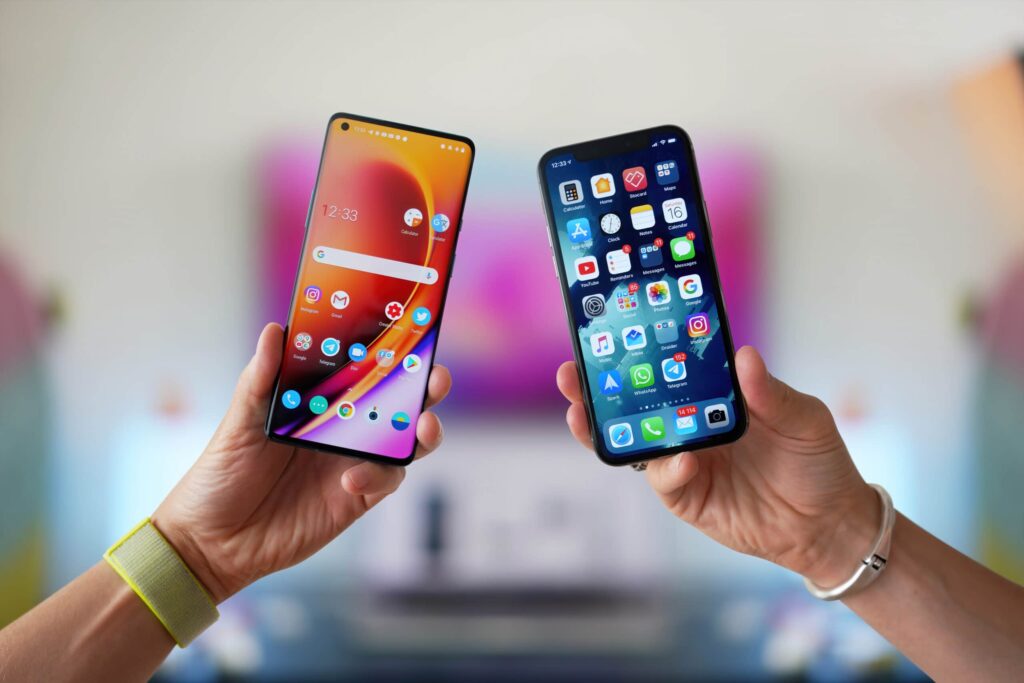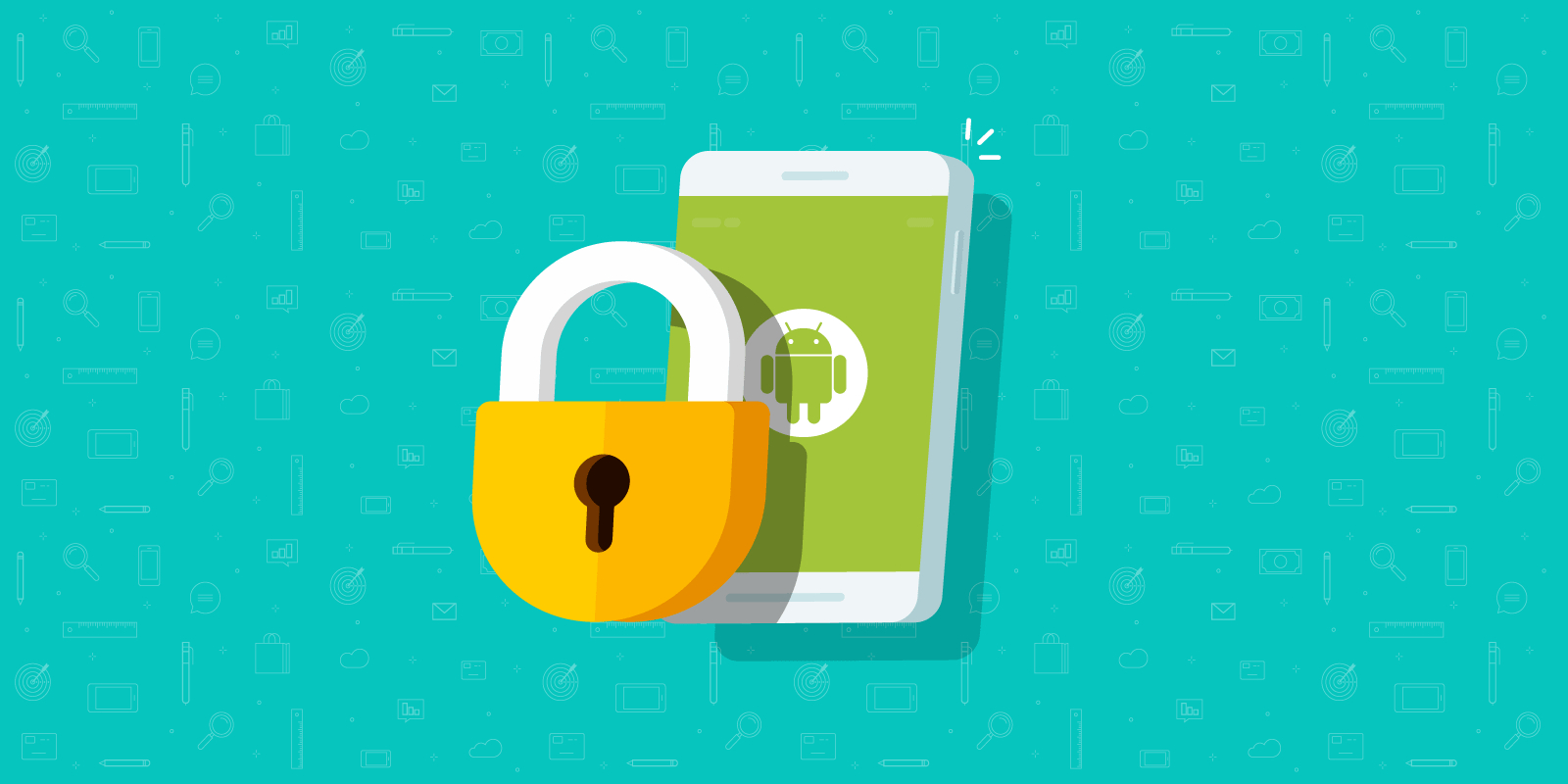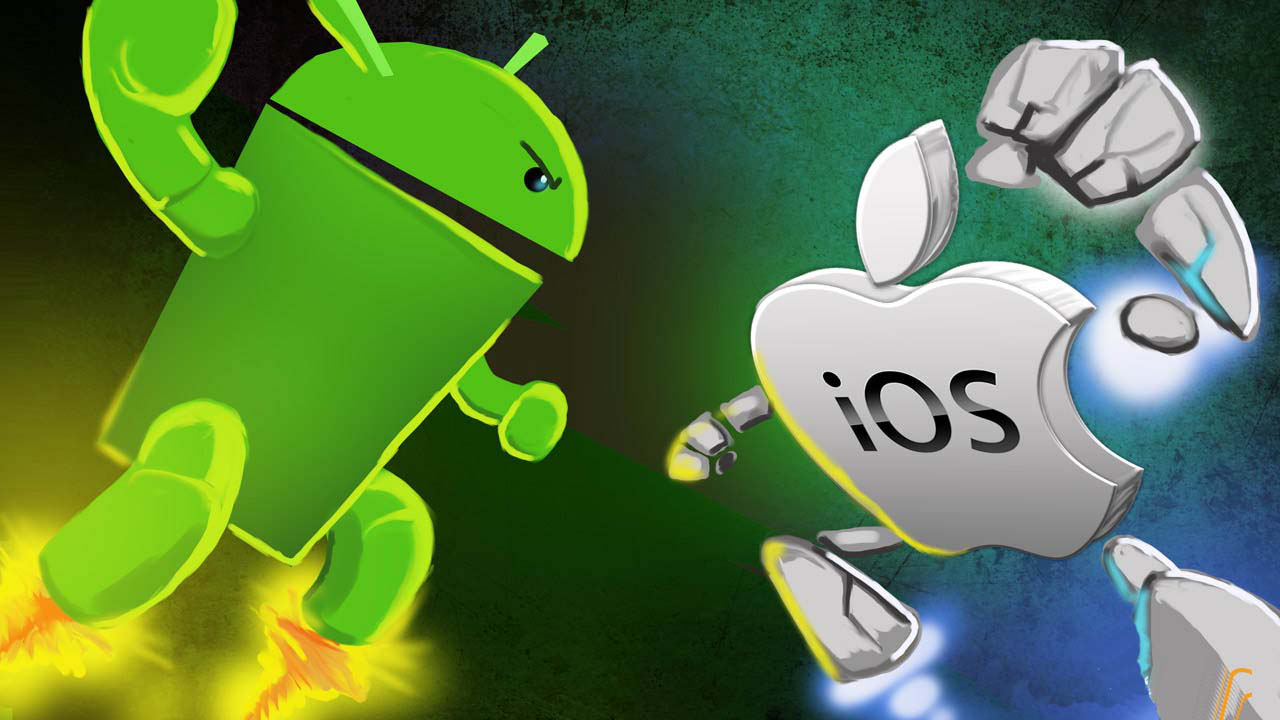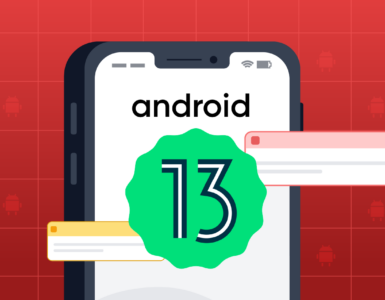In today’s interconnected world, smartphones have become an indispensable part of our daily lives, serving as our personal assistants, entertainment hubs, and communication tools. When it comes to smartphones, two operating systems dominate the market: Android and iOS. Android, developed by Google, and iOS, developed by Apple, offer distinct features and functionalities that cater to different user preferences. Choosing the right operating system for your smartphone can greatly impact your overall user experience. In this article, we will delve into the Android vs. iOS debate, exploring the key differences between these two platforms and helping you determine which operating system is the best fit for your needs.
Android, known for its openness and versatility, has gained popularity for its customizable interface and extensive range of device options. It offers users the freedom to personalize their smartphones with custom launchers, widgets, and various app stores beyond the official Google Play Store. On the other hand, iOS, renowned for its sleek design and seamless integration, provides a consistent and user-friendly experience across all Apple devices. With its closed ecosystem, iOS ensures tighter control over hardware-software optimization and delivers a refined interface that appeals to users who prioritize simplicity and uniformity.

Beyond customization and user interface, the availability of apps and ecosystem play a crucial role in determining the right operating system for you. Android boasts the largest app ecosystem, with millions of applications available on the Google Play Store. The platform’s open nature allows developers to create and distribute apps more freely, resulting in a wider variety of choices. In contrast, iOS offers a more curated approach with the Apple App Store, known for its rigorous app review process. While the iOS app ecosystem may have a slightly smaller selection, it often prioritizes quality and security. Understanding the app availability and ecosystem of each operating system is essential in aligning your needs with the right platform.
Overview of Android and iOS
Android, developed by Google, is an open-source operating system primarily designed for mobile devices such as smartphones and tablets. It was first released in 2008 and has since grown to become the most widely used mobile operating system globally. Android offers a high level of customization, allowing users to personalize their devices with widgets, custom launchers, and alternative app stores. It supports a vast range of hardware options from various manufacturers, providing users with a wide selection of devices to choose from.
iOS, developed by Apple, is a closed-source operating system exclusively designed for Apple’s mobile devices, including the iconic iPhone, iPad, and iPod Touch. It made its debut in 2007 and quickly gained a dedicated user base due to its seamless integration with Apple’s hardware and software ecosystem. iOS follows a more controlled and consistent approach, providing a polished user interface that emphasizes simplicity and ease of use. It is known for its intuitive gestures, optimized performance, and seamless synchronization across Apple devices.
Android and iOS differ in their fundamental features and characteristics. Android offers a higher degree of customization, allowing users to tailor their device experience to their preferences. It supports multitasking, allowing users to run multiple apps simultaneously. Android also provides deep integration with Google services such as Google Assistant, Gmail, and Google Maps. On the other hand, iOS focuses on delivering a streamlined and uniform user experience. It boasts a robust security framework and a strict app review process to ensure a secure environment. iOS users benefit from exclusive features like Siri, Apple Pay, and seamless integration with other Apple devices through services like iCloud.
Customization and User Interface
One of the key advantages of Android is its highly customizable interface. Android allows users to personalize their device’s appearance and functionality through custom launchers, widgets, and various theme options. Users can choose from a wide range of third-party apps and alternative app stores to customize their device experience even further. Android also offers extensive settings and system controls, allowing users to fine-tune their device’s behavior and preferences. With Android, users have the freedom to tailor their smartphone or tablet to match their unique style and requirements.
In contrast to Android’s flexibility, iOS offers a streamlined and consistent user interface across all Apple devices. Apple places a strong emphasis on user experience and design, resulting in a visually appealing and intuitive interface. iOS features a simple and elegant design with uniform icons, smooth animations, and a cohesive layout. The consistent interface ensures a seamless user experience, making it easy for users to navigate their devices and find the features they need. iOS prioritizes simplicity and ease of use, making it an attractive choice for users who prefer a polished and straightforward interface without the need for extensive customization.
App Availability and Ecosystem
Android users have access to the Google Play Store, which is the largest app store in terms of sheer number of applications. The Google Play Store offers millions of apps covering a wide range of categories, including productivity, entertainment, gaming, and more. The Android app ecosystem is known for its openness, allowing developers to distribute their apps through various channels beyond the official store. This openness fosters innovation and results in a diverse selection of apps. Additionally, Android devices support sideloading, enabling users to install apps from third-party sources, further expanding their options. The Android app ecosystem provides a vast library of apps, ensuring that users can find applications to suit their specific needs and preferences.

iOS users rely on the Apple App Store, which is renowned for its strict app review process and curated approach. While the Apple App Store may have a slightly smaller selection of apps compared to the Google Play Store, it maintains a strong emphasis on quality, security, and user experience. The rigorous review process ensures that apps meet Apple’s guidelines and are free from malicious software. iOS users benefit from a well-optimized and vetted collection of applications, offering a seamless and reliable experience. The iOS app ecosystem also promotes a sense of trust among users, knowing that the apps they download from the App Store meet Apple’s high standards. Additionally, developers often prioritize iOS due to its profitability, resulting in a steady stream of high-quality apps and regular updates for iOS users.
Device Options and Hardware Integration
Android offers a diverse array of device options from various manufacturers, catering to a wide range of budgets and preferences. Users can choose from a multitude of smartphone and tablet models, each with its own unique features, specifications, and designs. This wide range of choices allows users to select a device that aligns with their specific needs, whether it be a high-end flagship phone, a mid-range device, or a budget-friendly option. Furthermore, Android supports different form factors, such as foldable phones and devices with larger screens, providing users with the flexibility to choose a device that suits their usage patterns and preferences.
In contrast to the multitude of device options in the Android ecosystem, iOS exclusively runs on Apple devices, including iPhones, iPads, and iPod Touch. Apple follows a tightly integrated hardware-software approach, ensuring seamless compatibility and optimized performance. This integration allows Apple to finely tune the iOS operating system to work optimally with the specific hardware components of their devices. The result is a cohesive user experience that is responsive, efficient, and consistent across all Apple products. Apple’s integrated approach also enables features like AirDrop, Continuity, and Handoff, which facilitate seamless connectivity and synchronization between iOS devices and Mac computers, enhancing the overall user experience for those within the Apple ecosystem.
The choice between Android and iOS in terms of device options and hardware integration depends on individual preferences. Android offers a wide selection of devices from different manufacturers, providing users with the freedom to choose a device that matches their desired specifications and price range. On the other hand, iOS offers a more streamlined experience with a tightly controlled hardware-software integration, ensuring optimal performance and a cohesive user experience for those who prefer the Apple ecosystem.
Security and Privacy
Android has implemented robust security measures to protect user data and devices. Google regularly releases security patches and updates to address vulnerabilities and enhance the overall security of the operating system. Android also employs a layered security approach, including features like app sandboxing, encryption, and secure boot, to safeguard user information and prevent unauthorized access. Additionally, Android provides users with granular control over app permissions, allowing them to decide which permissions they grant to individual apps. This level of control enables users to manage their privacy preferences and ensure that apps only access the necessary information, enhancing user privacy and security.

iOS has earned a reputation for its strong focus on security and privacy. Apple takes a proactive approach to protect user data by implementing stringent security measures. The company maintains a closed ecosystem, where all apps undergo a rigorous review process before being accepted into the App Store. This scrutiny helps ensure that apps meet strict privacy standards and are free from malicious elements. Apple also emphasizes end-to-end encryption for communication and data stored on devices. Additionally, iOS offers features like Face ID and Touch ID for secure device unlocking and payment authorization. Apple’s commitment to privacy is further demonstrated by features such as App Tracking Transparency, which gives users control over app data collection and tracking.
Both Android and iOS prioritize security and privacy, but they take different approaches. Android offers users greater control over app permissions, allowing for a more customizable experience. On the other hand, iOS adopts a more closed ecosystem with a stringent app review process, providing users with a curated and secure environment. The choice between the two will depend on individual preferences regarding the level of control and customization desired, balanced with a focus on privacy and security.
User Preferences and Compatibility
When deciding between Android and iOS, it’s important to consider personal preferences and needs. Android’s open nature and customization options make it a suitable choice for users who enjoy the freedom to personalize their device, customize the user interface, and explore a wide range of hardware options. Android also appeals to those who prefer a more flexible and versatile ecosystem with access to alternative app stores and a greater variety of apps. On the other hand, iOS caters to users who prioritize a streamlined and user-friendly experience. iOS offers a cohesive and intuitive interface, strict app quality control, and seamless integration with other Apple devices. Users seeking a consistent and polished user experience with a strong focus on privacy and security may find iOS to be the better fit.
Compatibility with other devices and platforms is another important factor to consider. Android devices offer extensive compatibility with a wide range of devices, including those running different operating systems. They seamlessly integrate with Windows PCs, Linux machines, and other non-Apple devices. Android devices also tend to have greater compatibility with various accessories and peripherals. In contrast, iOS devices excel in compatibility within the Apple ecosystem. They seamlessly connect with other Apple devices, allowing for features like AirDrop, Continuity, and Handoff. iOS devices integrate well with Mac computers, Apple Watch, and other Apple services, creating a cohesive ecosystem that enhances productivity and convenience for Apple users.

Conclusion
In conclusion, the choice between Android and iOS ultimately boils down to individual preferences and needs. Android offers a high level of customization, a vast selection of devices, and an open ecosystem, making it ideal for users who value personalization and flexibility. It provides extensive options for customization, a wide range of device choices, and compatibility with various platforms. On the other hand, iOS focuses on delivering a streamlined, user-friendly experience with seamless integration within the Apple ecosystem. It prioritizes security, privacy, and quality control, appealing to users who prefer a polished and consistent user interface and who value the convenience of a tightly integrated ecosystem.
When making the decision, it’s important to consider factors such as customization options, app availability, device compatibility, security, and privacy. Android offers a highly customizable interface, a larger app ecosystem, and compatibility with a variety of devices and platforms. iOS, on the other hand, provides a streamlined and consistent user experience, a curated app selection, and strong integration within the Apple ecosystem. It’s also worth considering your specific preferences for customization, simplicity, privacy, and hardware compatibility when choosing between the two.
Ultimately, the “right” operating system depends on your unique needs, preferences, and priorities. Both Android and iOS have their strengths and cater to different user profiles. Assessing your requirements and aligning them with the features and characteristics of each operating system will help you make an informed decision, ensuring that you choose the operating system that best suits your personal and technological needs.





Add comment